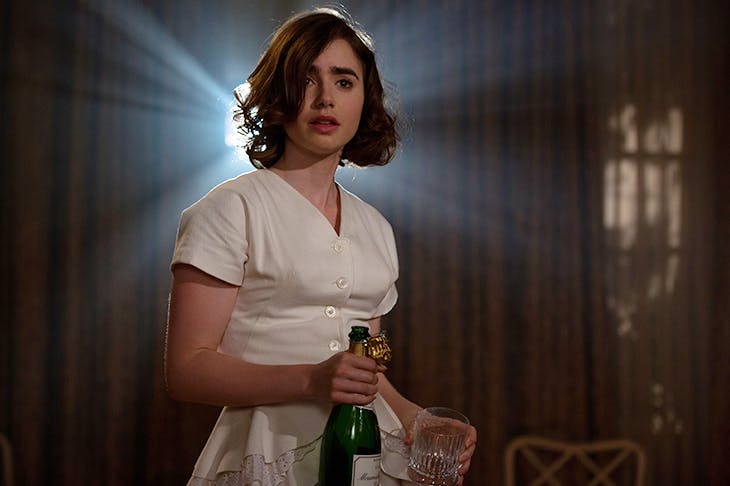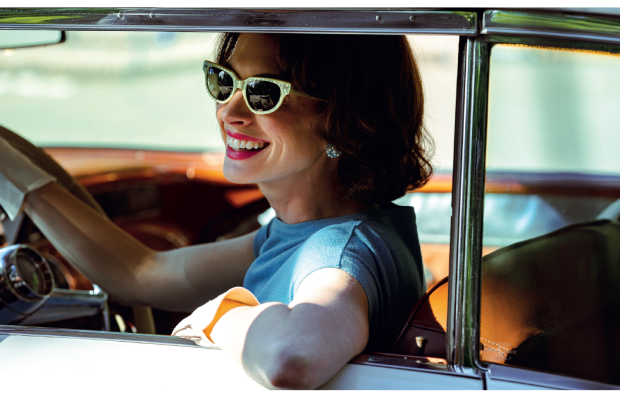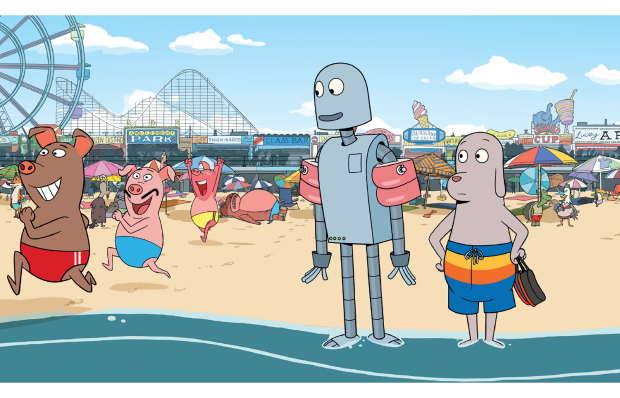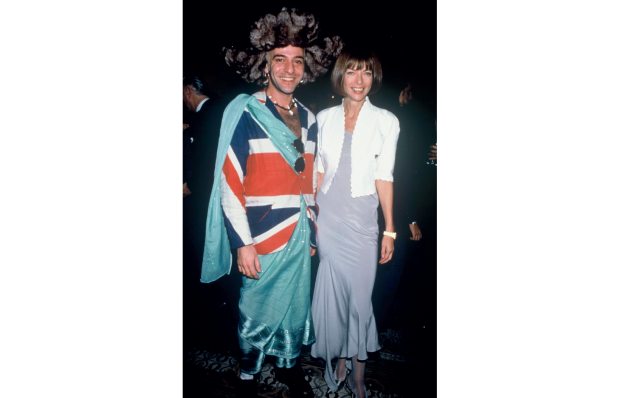Rules Don’t Apply is Warren Beatty’s first film appearance in 15 years and his first as writer, director, producer and star since Bulworth, 19 years ago. Plenty of time, then, to figure out what he wanted to say, and how he wanted to say it, but Rules is entirely baffling. Is it a tale of Old Hollywood? Is it a biopic of Howard Hughes? Is it a love story? Unfortunately, it can never decide, so tries to be all of the above and therefore succeeds at none.
After an onscreen warning from the late Hughes himself — ‘Never check an interesting fact’ — the prologue opens in 1964, but then jumps back to 1958 as a small-town, virginal, Baptist beauty queen is flown into Hollywood as a contract actress for Hughes’s RKO studio. This is Marla, as played by Lily Collins, who may, in fact, look too modern for a Fifties starlet, and kept reminding me of Victoria Beckham. She arrives with her mother, Annette Bening who, alas, only hangs around briefly. (Come back, Annette, come back! — don’t leave me on my own with Victoria!) Marla is assigned a driver, Frank (Alden Ehrenreich, offering a pouty, brooding, James Dean-ish performance). Frank keeps being reminded that he must not fraternise with the talent — ‘Make a move on one of these chicks and you’re dead in the water’ — so I think we know where that is going to lead. As it happens, Hughes had actually sold RKO by 1958 (he sold it the General Tire and Rubber Company in 1955), which might have proved a most inconvenient fact, had anyone ever bothered to check.
OK, so Marla’s in town, awaiting a screen test, while her mother’s gone home — come back, Annette, come back! — and Frank’s trying to keep his hands off ‘the chicks’, which is hard, and they are both desperate to meet Hughes, as we are. He doesn’t appear until half an hour in, and then it’s only in shadow just as, later, he will take to hiding behind curtains, walls, doors. This Hughes (played by Beatty) arrives as a fully formed madman, yet we’re not given any sense as to how he got here. Because of the film’s structure, which divides our time between the Marla and Frank romance, and Hughes ordering up all the banana-nut ice cream in the world, Hughes isn’t afforded any depth or complexity. Shove off Marla, I kept wanting to exclaim, and shove off Frank, so we can understand Hughes better. Why does he keep going on about ‘daddy’? What’s this obsession with aviation? Why, after a near-fatal plane crash, does he end up in hospital suffering not just from broken bones, but also the worst fake hospital bandaging known to man?
The two stories do intersect, but clumsily. It pains me to say it, given this is Beatty and all that, but the storytelling is clumsy generally, sometimes to the point of incoherence. Frank is Marla’s driver one minute, and part of Hughes’s inner circle the next, although how he went from one to the other is never explained. Marla insists she can’t sing, which was quite a drawback for wannabe actresses back then, but then does sing, most sweetly. (Go figure.) And why does she suddenly throw herself at Hughes? Might it be because Beatty had a meeting with Beatty and put it to Beatty: do you want to make out with the ingénue? And, after consulting himself, Beatty said that would be nice? It occurs to me now that, perhaps, the Marla and Frank storyline was intended as a satire on film romances of that time, and also the sexism of that time, but even so, Hughes’s treatment of women as meat — he insisted his drivers took bumps in the road very slowly when starlets were on board so their breasts didn’t sag — just seems plain creepy. But mostly, Beatty should have had a meeting with Beatty and asked: why should we care?
We don’t. That said, you can keep yourself marginally entertained by playing Spot the Distracting Cameo: Candice Bergen as a near-silent secretary; Matthew Broderick as Frank’s boss; fleeting appearances from Alec Baldwin and Martin Sheen and, also, offering the most distracting of all the distracting cameos, Steve Coogan, who must have been told this was an all-out comedy, as there is just no other explanation.
I’m struggling to be positive here, but it does all look gorgeous. The cars, the frocks, the interiors. But it is all dressed up without a clue where to go.
Got something to add? Join the discussion and comment below.
Get 10 issues for just $10
Subscribe to The Spectator Australia today for the next 10 magazine issues, plus full online access, for just $10.
You might disagree with half of it, but you’ll enjoy reading all of it. Try your first month for free, then just $2 a week for the remainder of your first year.














Comments
Don't miss out
Join the conversation with other Spectator Australia readers. Subscribe to leave a comment.
SUBSCRIBEAlready a subscriber? Log in